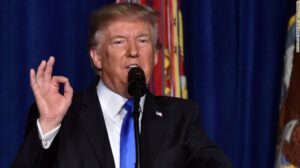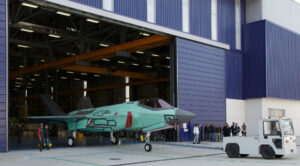NATO Has A Good Story To Tell, But Is Its Audience Of One Listening?
Posted on
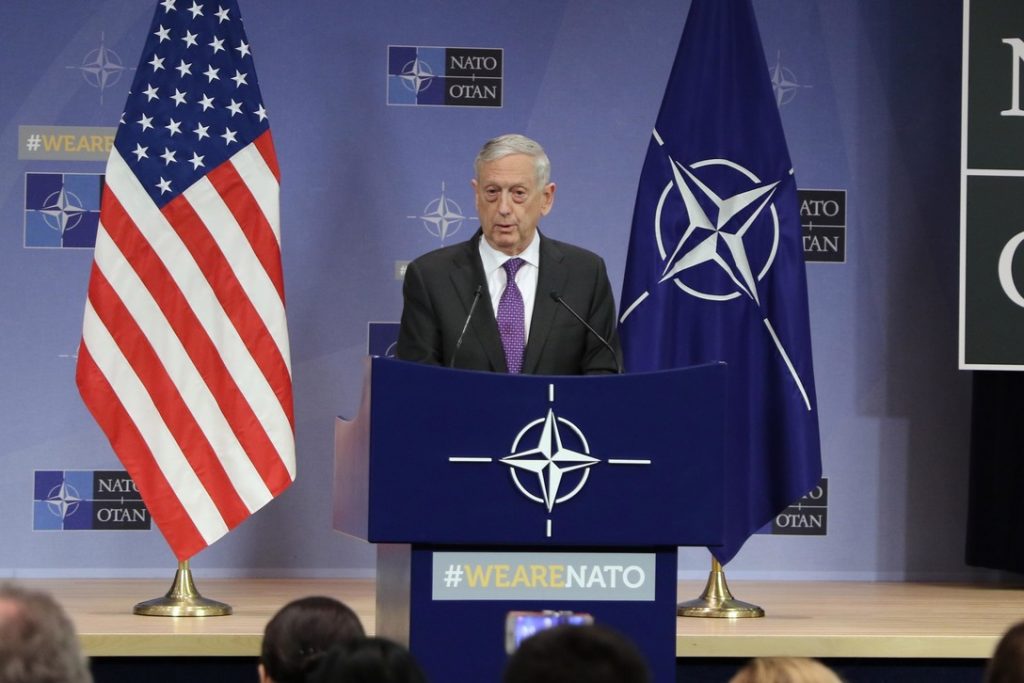
BRUSSELS: Despite the headlines predicting disaster in Brussels, there is some good news for NATO allies to promote during their annual summit that kicks off here on Wednesday.
But how much of that story will filter out of the gleaming new NATO headquarters after President Donald Trump airs his grievances over the alliance’s defense spending? That’s the question that officials are grappling with in the final hours before the summit kicks off.
The individual members of the alliance are spending tens of billions more on their defense than was the case just two years ago, and the meeting will reaffirm the creation of two new commands: an Atlantic Command based in Norfolk to support the reborn U.S. Second Fleet, and a Support Command based in Ulm, Germany, which will coordinate forward deployment of forces inside Europe.
The commands, alliance members say, prove Europe is embracing reform to outpace Russian military modernization, to hold the line in the North Atlantic against increasing Russian submarine activity, and prepare for the arrival of Chinese shipping in the Arctic as ice floes melt.
But from the U.S. perspective, the focus will be on spending: specifically, getting allies to spend two percent of their GDP on defense, with 20 percent of that going directly into modernization programs.
“It’s about making sure our partners are living up to what they agreed to at the Wales summit in 2014,” one administration official told me. “No one is expecting allies to go immediately to go to two percent, but what we really want to see now is what is the credible plan to get there? You’ve gotta have a plan.”
As it stands now, not every country has a credible plan to reach the two percent goal by 2024, something that has frustrated American policymakers.
The issue of the 20 percent often gets lost in the larger debate over spending, but its one that U.S. officials, during conversations in the run up to the summit, repeatedly emphasized.
“Is that two percent going to something meaningful to give you a credible military?” the official said. “If you’re just fielding a bunch of untrained personnel using archaic equipment you’re not really meeting your NATO pledge.”
Officials made it clear they understand not all NATO allies can afford the latest and greatest in what the U.S. defense industry can produce, and buying F-35 stealth fighters and Apache attack helicopters just isn’t possible for many smaller nations. Nor is it needed. But they emphasized that moving away from Russian gear and uncertain supply lines — which many countries in the Balkans and Baltics still rely on — is a key first step.
But countries like Germany, one of the world’s most dynamic economies, has also become the focus for some of president’s Trump’s ire. Berlin currently spends 1.24 percent of its GDP on its military, which will rise to 1.31 percent next year, or an increase of $5 billion to $43 billion overall. But those increases still won’t add up to two percent of GDP in the coming years, something that will undoubtedly be a focus for the president in Brussels this week.
Despite the frustrations, the past two years have seen some significant investments by allies in air defense and surveillance capabilities, something Europe is eager to highlight to Trump.
Romania — which has reached the two percent threshold — has signed off on the $4.75 billion purchase of PAC-3 Patriot missile defense system. Romanian officials say it will act as a counterweight to the increased Russian presence in the Black Sea, in particular Crimea, which it took by force in 2014.
Poland also agreed to buy $4.75 billion worth of Patriot systems this year, and Warsaw is very much interested in buying the HIMARS rocket artillery system to bulk up defenses along its eastern borders.
Likewise, Norway, which plays a crucial role in keeping watch over NATO’s Arctic frontier and patrolling waterways increasingly used by Russian submarines, has committed to buying five P-8A submarine hunting aircraft. The U.K. is also buying more P-8s, adding to the eyes NATO is placing across the North Atlantic.
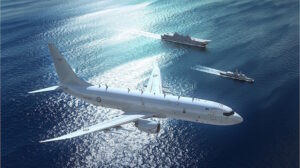
Australian P-8
Norway is currently awaiting deliveries of 52 F-35 aircraft, while more than 100 are earmarked for Britain’s Royal Air Force.
While allies are increasing their defense spending, reversing a trend of defense cuts that reversed itself in 2014 after Russia’s annexation of Crimea and invasion on Ukraine, there’s other positive news that leaders here will seek to highlight, hoping to catch the ear of Trump in the days before his meeting with Putin.
NATO Secretary General Jens Stoltenberg, in a Wall Street Journal op-ed published Sunday, said he expects eight NATO nations to meet the two percent of GDP goal this year, up from just three in 2014.
Defense Secretary James Mattis has played a key role in putting together a plan known as 30-30-30-30. The effort will require NATO to have 30 land battalions, 30 air fighter squadrons and 30 ships ready to deploy within 30 days of being put on alert.
Under Mattis, the Pentagon’s European Deterrence Initiative, created by the Obama administration to reassure an anxious Europe after Russia kicked off its war in Ukraine, has more than doubled in dollar amount, reaching $6.5 billion in 2019. American armored brigades have returned to Europe, albeit they still rotate in and out from US bases rather than being permanently stationed on the continent.
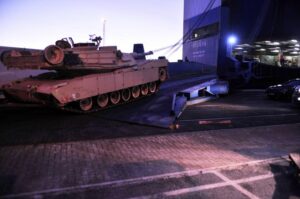
An M1 tank of 3rd Armored Brigade Combat Team, 4th Infantry Division, unloads in Bremerhaven, Germany.
But deep concerns run across the trans-Atlantic alliance, as the mercurial Trump remains skeptical of any multinational treaty and is on the lookout for any sleight or indication that the “U.S. is being taken advantage of” will remain the wild card. The president’s combative performance at June at the G7 summit in Canada remains a fresh shock for allies. Some worry Trump might unilaterally cancel long-planned NATO exercises like Trident Juncture, slated to take place in October, and Anakonda in November, an annual war game that practices the defense of Poland.
There is no indication yet that the exercises are in danger. But there’s a precedent in the cancellation of military exercises in South Korea, which the president ordered after meeting with Kim Jong Un, citing their cost and provocation. The heads of Europe will have to wait for the Putin summit in Helsinki to see what effect their presentations had on the American leader.
Subscribe to our newsletter
Promotions, new products and sales. Directly to your inbox.

